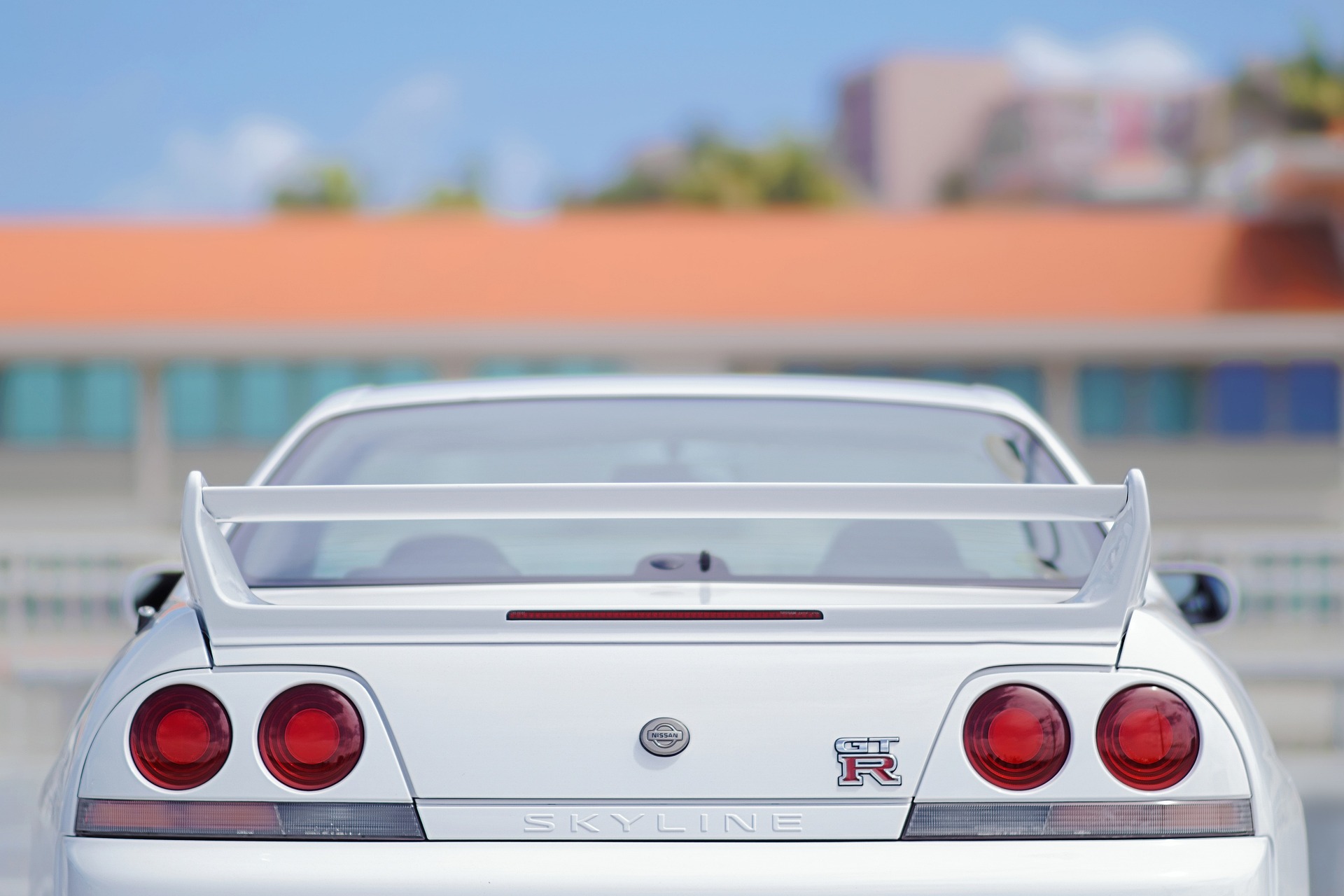How to drive a nissan gtr on snow. In this article we are going to talk about the ways that you can drive a gtr on the snow easily. So hang on with us until the end. 21q Prepare your vehicle to drive. Clear the windshield, side windows, headlights, and rear brake lights of all snow and ice with an ice scraper and brush before driving. Stop the car and clean the windows and lights as needed while driving during snowfall. Don’t forget to clean your license plate, as it is a legal requirement that your license plate be visible in many places. Activate the front and rear defrosters to keep your windows clear while you drive. Turn on the air conditioner and set it on the cool air option to keep the interior window free of condensation. Turn on your headlights at all times while driving. This means that you should also turn on your headlights when driving during the day. This makes your vehicle more visible to other motorists when it is still snowing.
How to drive a nissan gtr in the snow: drive slowly when the roads are covered with snow or ice
Drive using the lower gears in a car with a manual gearbox to increase your traction on the road. Do not use cruise control or try to pass other vehicles. Vehicles need traction for the brakes to work properly, so slower speeds, smoother turns and stops are needed to maintain possible traction. Slow down the vehicle to get under the speed limit, remember this is NOT a target to aim for. Be very careful about the traction your tires may have against the road while driving.
Keep adequate spaces between your car and the car in front of you. Leave at least 2-3 car lengths between your car and the one in front of you. This is the most effective way to deter common rear-end accidents. This will give you plenty of room to stop and reduce the risk of sliding into the car in front of you when driving at low speeds. Driving faster than 25 mph 40 km/h may require more space between vehicles.
How to drive a nissan gtr in the snow – Avoid making sudden movements while driving
When you stop, do not pull on the steering wheel. Instead, gently tap on the brakes. Also, do not lock your brakes on ice, as this could cause you to lose control and direction of your vehicle. Accelerate more gradually than usual. Don’t hit the speed limit as you are used to when the roads are clear, pick up that speed slowly but gradually. Slow down more gradually than usual. Anticipate your stops before you make them. Slow down to a stop at a much slower pace than usual.
Avoid possible accidents
Beware of potential road hazards. Keep an eye out for slippery spots that may be on the trail. Ice is common on bridges, even when the rest of the road may be clear, so approach bridges and shady areas with due caution. Do not step on the accelerator or spin the car tires when you are stuck in a snowy area. Dig loose snow under the tires and pour sand or kitty litter under the tires to create traction. Rock the car gently to help the tires touch the ground, if possible.
Recover if the rear end of your car begins to skid
If you notice, despite the distance and precautions for safe winter driving, that the rear of your car begins to skid, you must avoid danger as gently as possible. Take your foot off the accelerator if the rear of the car begins to skid while driving on snow or ice. Head towards the skid to stop the skid. So if you drift right, turn right.
Recover if the front of your car begins to skid. Take your foot off the accelerator if the front of the car begins to skid. Don’t brake while skating. Turn the steering wheel in the direction you want the car to turn. If you drive a car with a manual transmission, avoid shifting into neutral as it could cause you to skid. Instead, keep going.
How to drive a nissan gtr in the snow: Gently step on the brake pedal when you need to stop
If you can avoid stopping altogether, that would be even better. Slow your car down gradually to almost a complete stop as you approach a red light. It could turn green without you having to stop if you time it right. If you see multiple cars stopped in front of you, start braking at various stopping distances to avoid accidentally colliding with another vehicle. If you notice that your tires have locked up, take your foot off the brakes completely.
